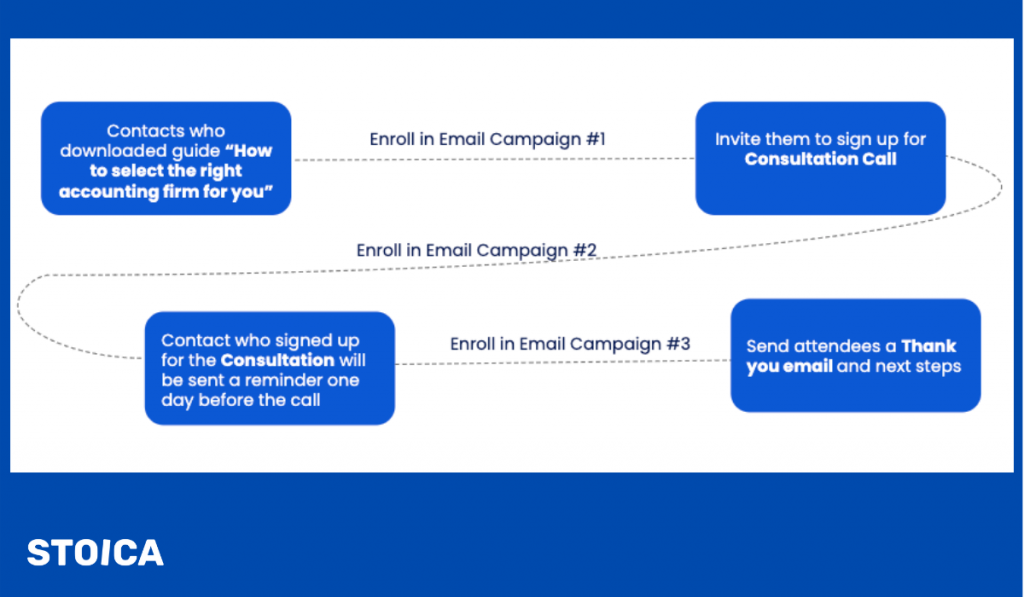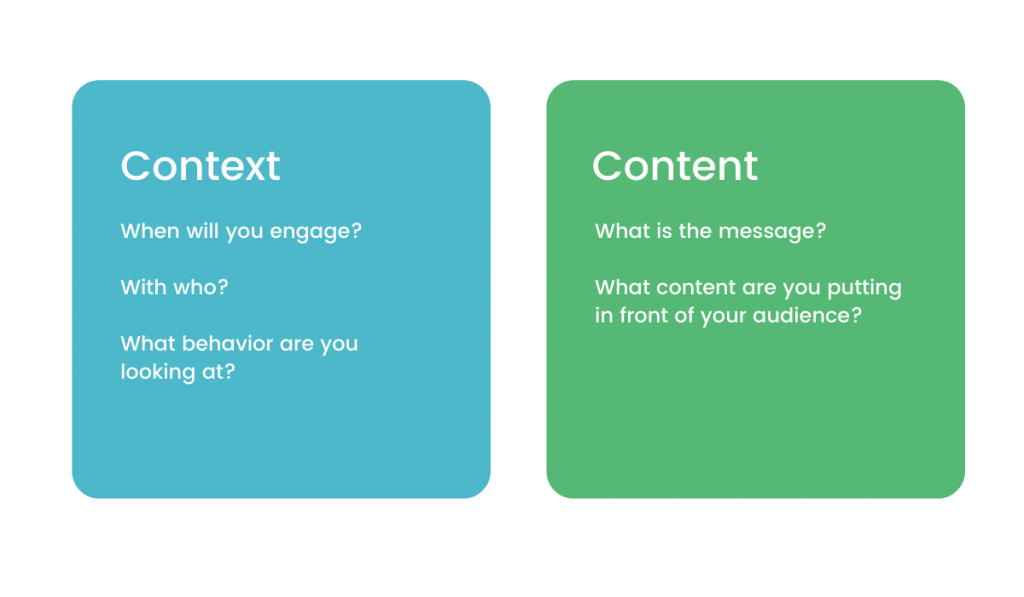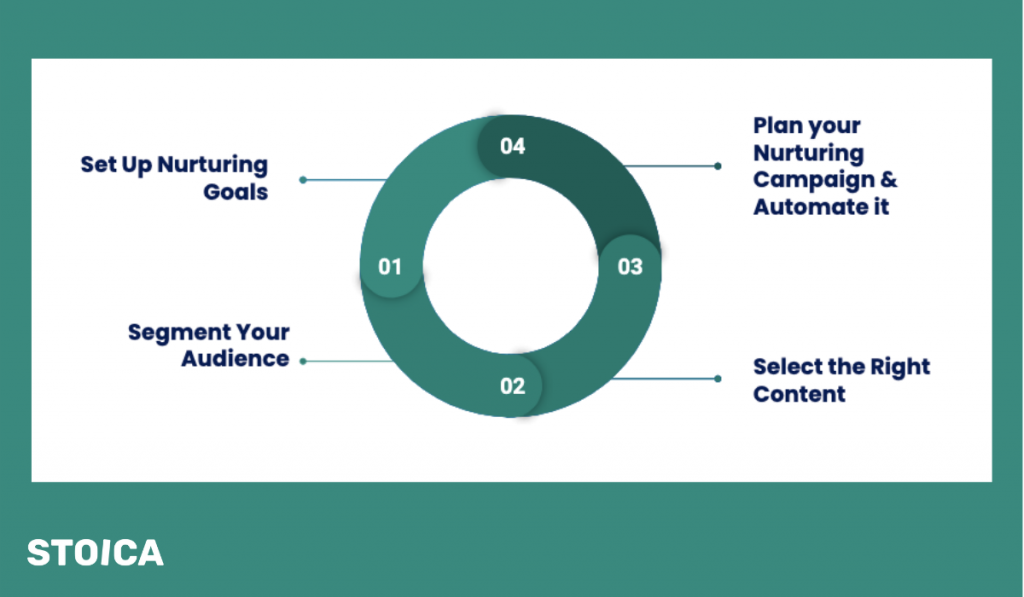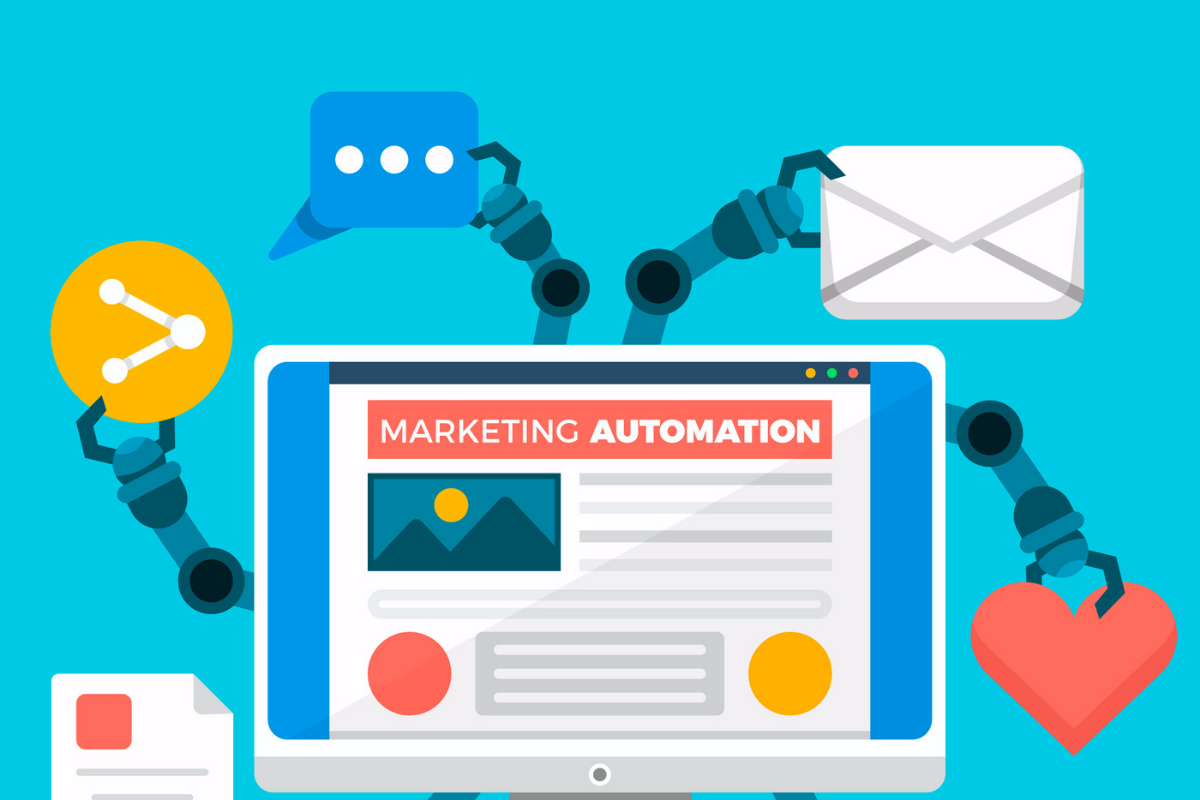Intro
Marketing automation has become increasingly popular and it is on almost every marketer’s and business owner’s agenda. In a global study conducted by HubSpot, 68% of marketers say they automate their marketing processes in some way.
In recent discussions we had here at STOICA with key marketing managers in Romania, marketing automation came up on top of their priorities.
So what exactly is marketing automation and how can you make use of it to streamline your work and get better results?
In a nutshell, marketing automation refers to software that automates your marketing for you.
Automation software is designed to help you prioritize and execute your marketing tasks in a more streamlined and efficient way.
But what does that mean for you as a marketer?
Let’s look at one example
Say you provide accounting services for solo entrepreneurs and small companies and you created a guide on how to select an accounting firm, what criteria to look at and how to evaluate providers.
The people who download this guide are quite likely to be in the process of hiring an accounting company, so you would like to invite them to book a consultation call with you.
In the absence of a marketing automation tool, you would have to take each contact in the database and email them individually. When someone would accept your invitation to book a call, you would then have to email them again to schedule the appointment.
However, with the use of an automation tool, you can schedule an email or a set of emails to go out only to those who downloaded. Even more, you can personalize your outreach using their name, company name and you can set delays between emails.
This is just a small representation of what marketing automation can do. You can automate almost any type of marketing communication you can think of and achieve incredible results and save time.

A little bit of history
Early marketing automation systems revolved around email marketing, in a period when companies were learning how to reach consumers online and when the internet was in its early days.
Eloqua was the pioneer in the marketing space, back in 1999 when it was launched. Around 2006 – 2008 other players such as Pardot, Hubspot, Marketo, Act-On emerged. At the same time, the Saas business model was gaining popularity and the cost of automation technology was decreasing, making it accessible for more and more companies.
With the advent of social media, landing pages and content marketing, marketing automation tools started to evolve towards all-in-one marketing and sales platforms.
Today modern marketing automation platforms are built around a CRM system. To truly make the most of your marketing efforts you need to understand your users’ context and behaviour.
Marketing automation use cases
With marketing automation tools being so much more than an email automation tool, what are some of the most popular use cases?
1. Automate administrative tasks
- Assign a task – when one of your leads submits a request for a call, for example, you can set up an internal alert to notify one of your salespeople in real time.
- Add leads to a list – when website visitors sign up for an upcoming webinar, you can add them automatically to a dynamic list of webinar subscribers.
- Set contact property – when visitors download an important piece of content such as pricing sheets, you can automatically change their status from lead to marketing qualified lead.
2. Lead nurturing
This is the area where the power of marketing automation truly unleashes and we would argue that in the absence of a lead nurturing strategy, there are no benefits of paying for an automation tool.
If you look at the journey that a customer takes from being a stranger to finally purchasing, it’s in the nurture and convert phases that automation can make a real difference.
We would argue that in the absence of a lead nurturing strategy, there are no benefits of paying for an automation tool.
In the attract phase, you are using content, SEO tactics, social media posting and paid ads to attract website visits. In the engage phase you are using landing pages and gated content offers to entice website visitors to convert to leads.
Once converted, you can start building lead nurturing sequences and stay in touch with these people, sending them relevant communication and content based on their signalled interest and behaviour.

3. Customer retention and feedback
Once turned into customers, your aim should be to continue communicating and delighting your clients by sending them surveys, feedback forms, promo offers and more. We put together a detailed post on how to collect feedback from your users, make sure to check it out.
When do you need marketing automation?
Automation tools are great and can help you achieve amazing results that wouldn’t otherwise be possible. However, before adopting an automation platform there are a few conditions you will want to look after, to ensure you are on the right track.
- First, you would need a steady stream of website visitors. If you’ve just launched your website or have an established website that gets little traffic, then you will probably not generate enough leads to nurture in the first place.
How much traffic should you get? If you consider that a landing page can convert anywhere from 3% to 20% of the traffic it receives, 1,000 website visitors/month would result in anywhere from 3 to 20 leads in a month.
- You need to have conversion paths in place. That means gated content offers that visitors can convert on, landing pages and forms; the more conversion paths you have the more leads you are likely to bring in.
- You will probably need to have enough content on your website – in the form of blog posts, case studies, testimonials, guides & more. Most of the leads you will convert will probably need some nurturing and depending on your business and length of your sales cycle, that nurturing can span over several weeks or even months. In order for you to stay in touch and provide helpful and educational content, you will need to have enough content created already to send out.
While there is no harm in adopting an automation tool early on, we advise having your expectations set out correctly.
Marketing automation tools do magic but they need to work on fertile ground.
What is lead nurturing?
Let’s take a closer look at lead nurturing, how it works and how you can automate your nurturing campaigns.
Lead nurturing is a marketing effort focused on engaging with your leads and customers in a way that progresses them towards a specific goal.

That specific goal can be:
- Book a consultation call
- Download related content
- Attend an online event
The time to start a nurturing campaign can be:
- After a first conversion
- After downloading a piece of content
- After subscribing to your blog
- After attending a company event
- After a service consultation sign up
- After not interacting for a while
- After visiting certain web pages
Effective lead nurturing happens at the intersection of the right context (timing, audience) and the right content.

Your lead nurturing process can look something like this:
- Define your goals – what is the action that your audience will ideally take?
- Define the target audience – in order for your nurturing to work, you need to carefully define a segment of your audience so that you can truly tailor your messaging.
- Select the right content to send out – think of what information your segment of audience needs in order to reach your goal
- Lastly, plan the lead nurturing campaign on paper, write down the steps and once you are done, you can go ahead and implement this logic into your marketing automation tool. If you are curious to see how to implement such an automation in HubSpot, go check out our video demo on setting up workflows.

Benefits
Automation can help you create more targeted, personalised and timed interactions with your customers.
- Segment your audience – Segmenting your audience based on lifecycle stage, persona, past interactions, location & more can help you create tailored and relevant messaging. Segmented email campaigns achieve 14.31% higher open rates than non-segmented email campaigns and 75% more clicks, according to MailChimp.
- Engage on more channels – Connect with your audience beyond email (on-site chats, SMS, Facebook Ads, and more)
- Build a more personalized customer journey – Create flows that nurture leads, send content based on their actions.
- Identify and prioritize leads for follow-up – Assign tasks, send alerts, and route leads to appropriate team members
- Track leads through the sales funnel – Manage your sales process in a CRM with custom contact details and pipeline stages to monitor progress.
What automation tools do we use?
While there are a number of automation platforms out there, we are most fond of and have extended experience with using HubSpot, Active Campaign and Sales Manago.
Ideal for growing companies that want to use Inbound marketing to increase traffic, convert leads, and prove ROI. | Ideal for businesses looking for email marketing & CRM integration. |
Although marketing automation was born with the sole purpose of streamlining email campaigns, soon enough it will become synonym with digital marketing, just as CRM and sales go hand in hand today.
In order for your business to make the most out of automation, you should start with building a healthy foundation of knowing who your ideal customers are, creating the right content for them and the right conversion paths.
If you need help getting started with marketing automation or improving your marketing processes, let’s talk – we’re happy to lend a hand.




